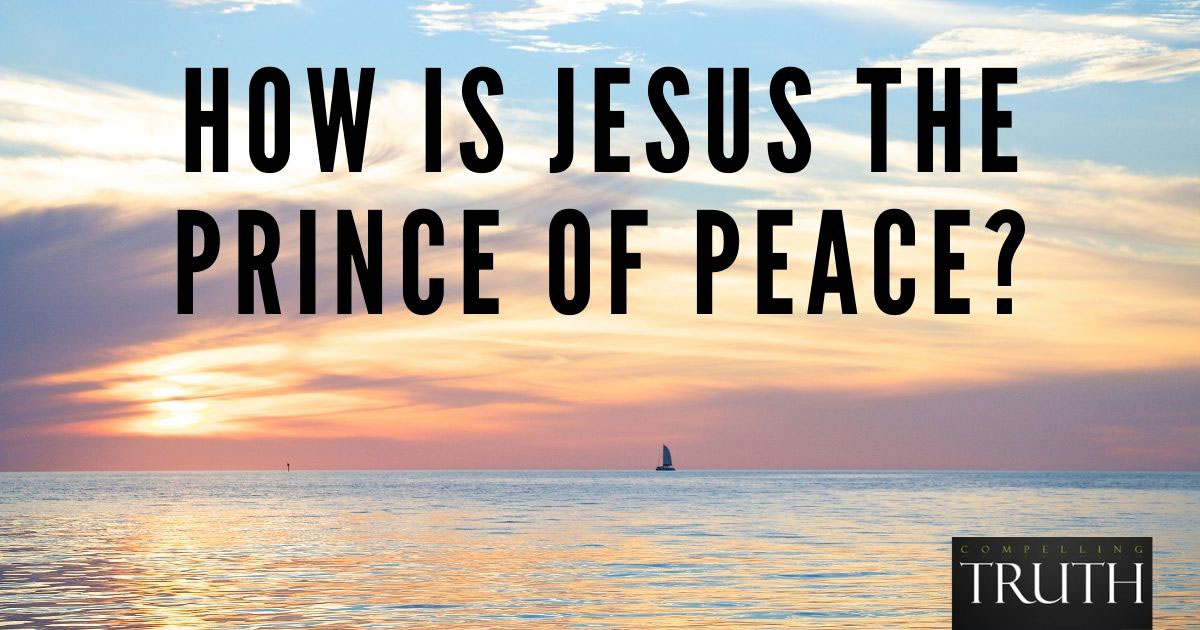Jesus said "Peace! Be still!" when He calmed a storm on the Sea of Galilee (Mark 4:39). This command not only demonstrated His authority over nature by instantly calming the raging wind and waves but also served to teach His disciples about His divine power and their need for faith. By bringing immediate peace to the physical storm, Jesus illustrated His ability to bring tranquility to our lives, even amidst turmoil. His words were a reassurance that, despite external chaos, He offers inner peace and control over our circumstances. Ultimately, this act emphasized the importance of trusting in Jesus, who can provide calm and stability in the midst of life’s storms.
Jesus knew there would be a storm when they set sail that night. He didn't tell the disciples not to go because there would be bad weather ahead; He also didn't stop the storm before it happened. He calmed the storm only when His disciples took action to put their faith in Him. This was an opportunity for the disciples to grow in their faith in Jesus.
Jesus calming the sea is a physical example that acts as a metaphor of a spiritual reality—when we have made Jesus Lord, our faith is in Him and He brings peace to us. Sometimes He brings immediate peace to the storms of our lives, but even when He does not, we can be assured that at all times, He brings peace to the storms within our souls. When we are tempted to let fear and worry rage within, we must remember Philippians 4:6–7: "do not be anxious about anything, but in everything by prayer and supplication with thanksgiving let your requests be made known to God. And the peace of God, which surpasses all understanding, will guard your hearts and your minds in Christ Jesus." In this fallen world, not every storm we encounter will be miraculously stilled, but Jesus gives the peace that passes all understanding so we can walk calmly with Him through every storm we encounter in our lives.




